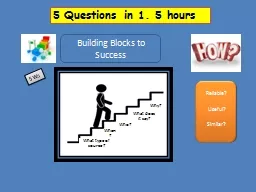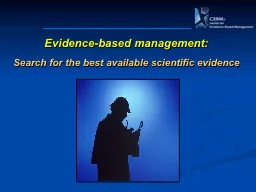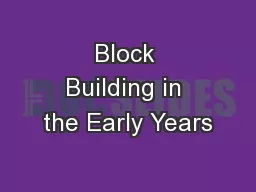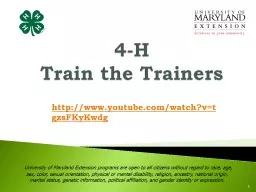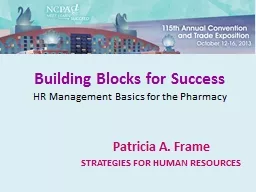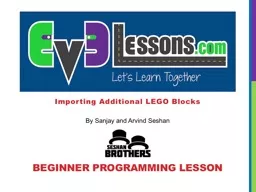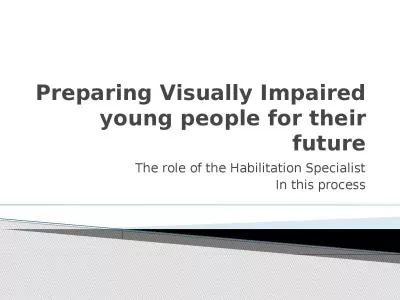PPT-Building Blocks to Success
Author : ellena-manuel | Published Date : 2017-03-21
What type of source Why When Who What does it say Reliable Useful Similar 5 Ws 5 Questions in 1 5 hours Timing 15 hours for 5 Questions Start with spending
Presentation Embed Code
Download Presentation
Download Presentation The PPT/PDF document "Building Blocks to Success" is the property of its rightful owner. Permission is granted to download and print the materials on this website for personal, non-commercial use only, and to display it on your personal computer provided you do not modify the materials and that you retain all copyright notices contained in the materials. By downloading content from our website, you accept the terms of this agreement.
Building Blocks to Success: Transcript
Download Rules Of Document
"Building Blocks to Success"The content belongs to its owner. You may download and print it for personal use, without modification, and keep all copyright notices. By downloading, you agree to these terms.
Related Documents

